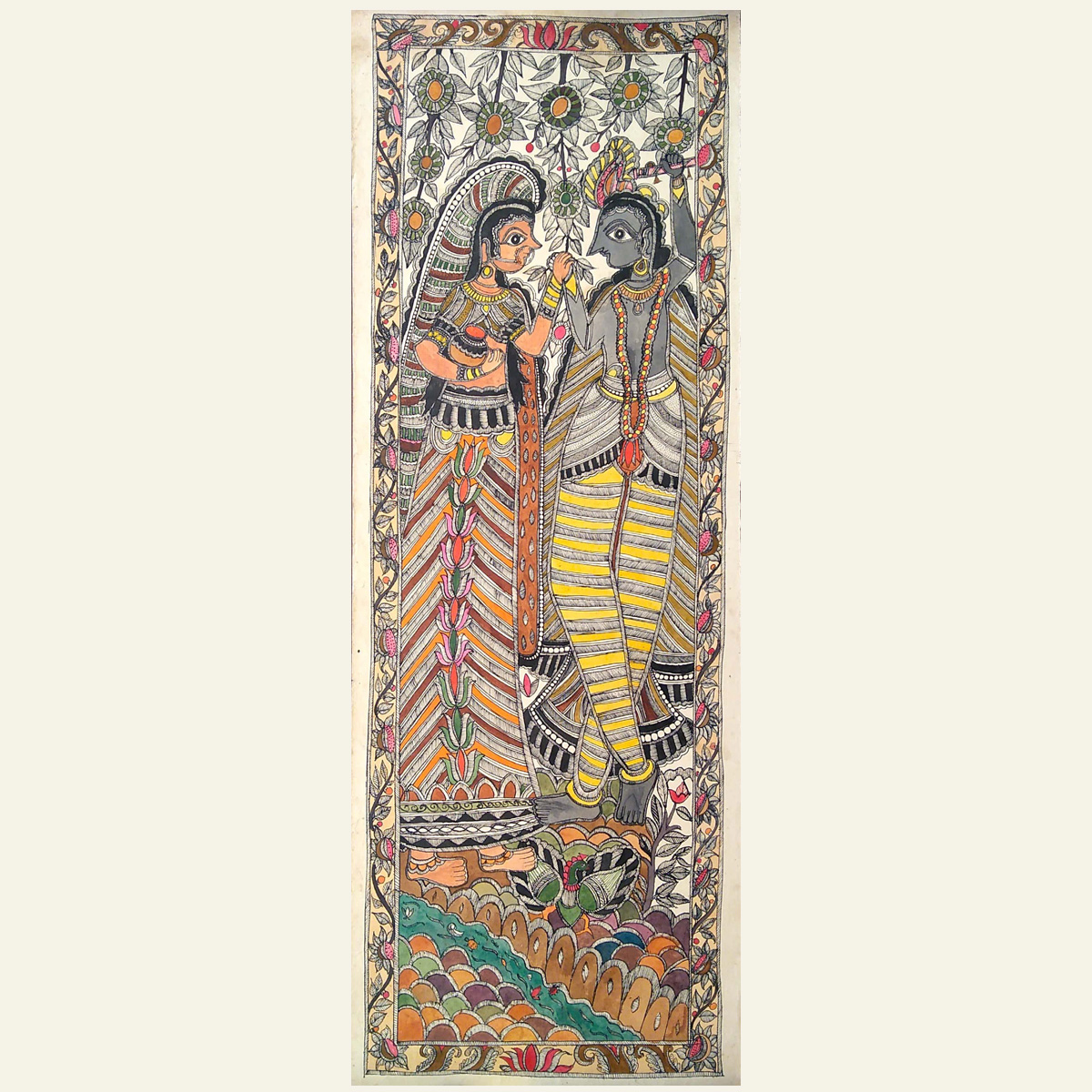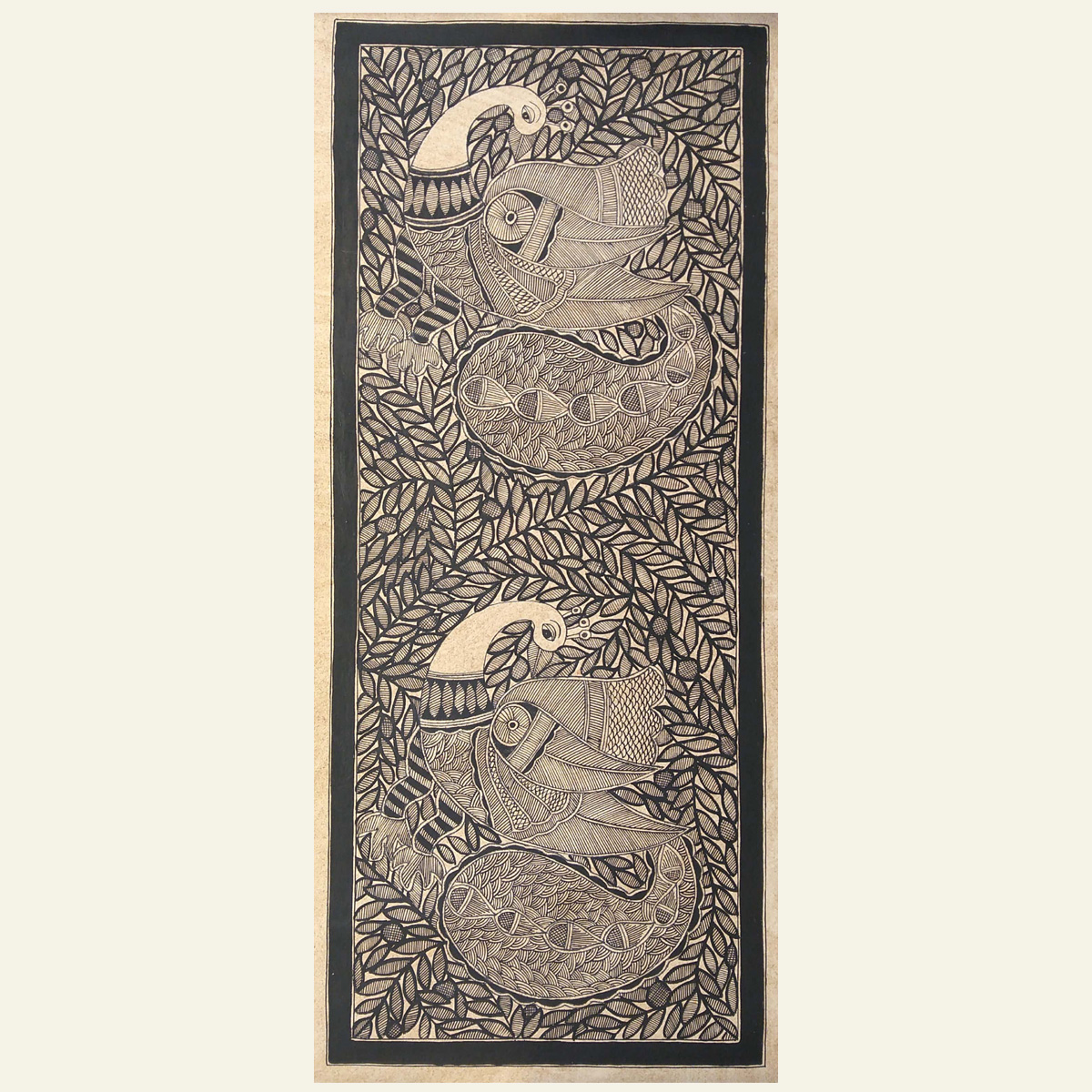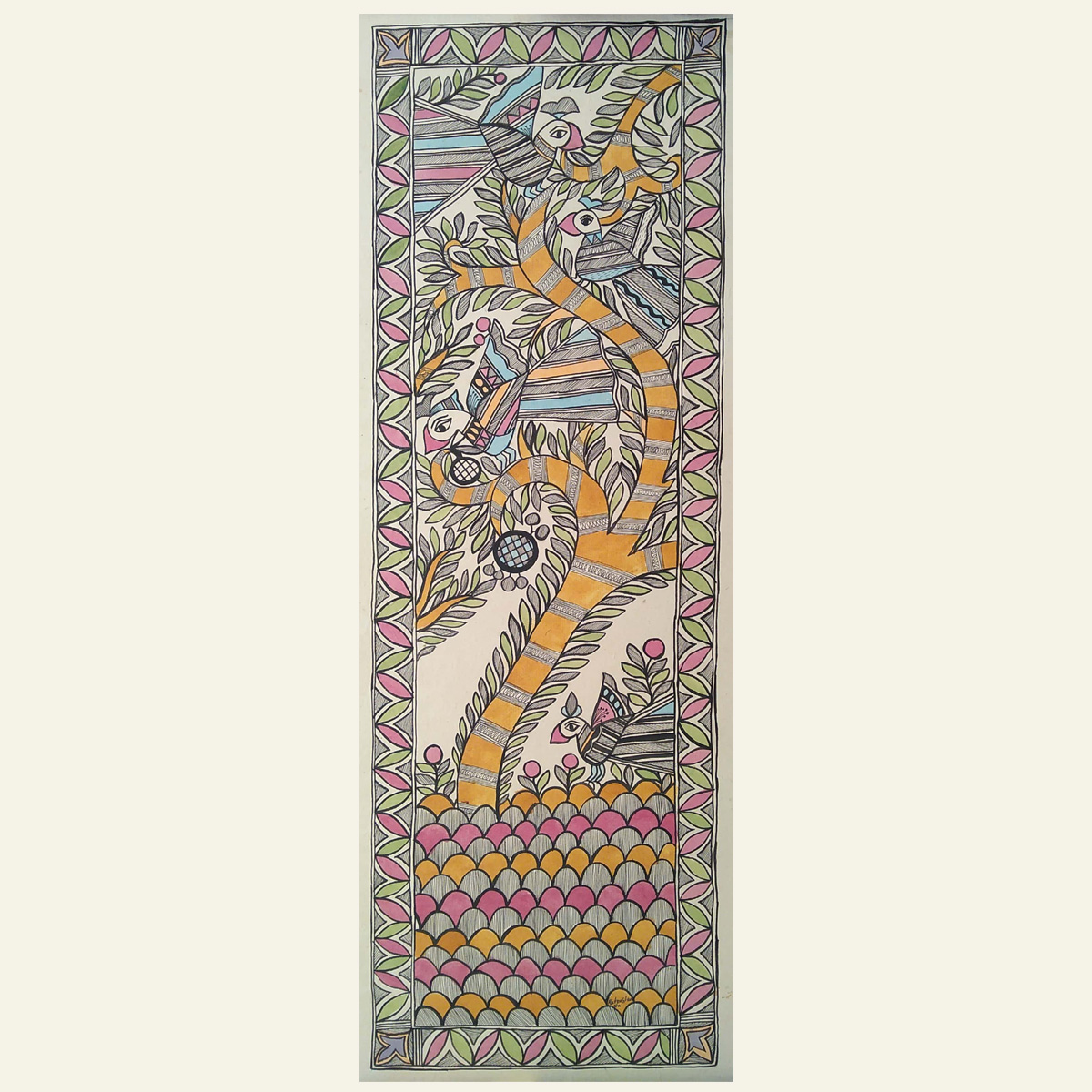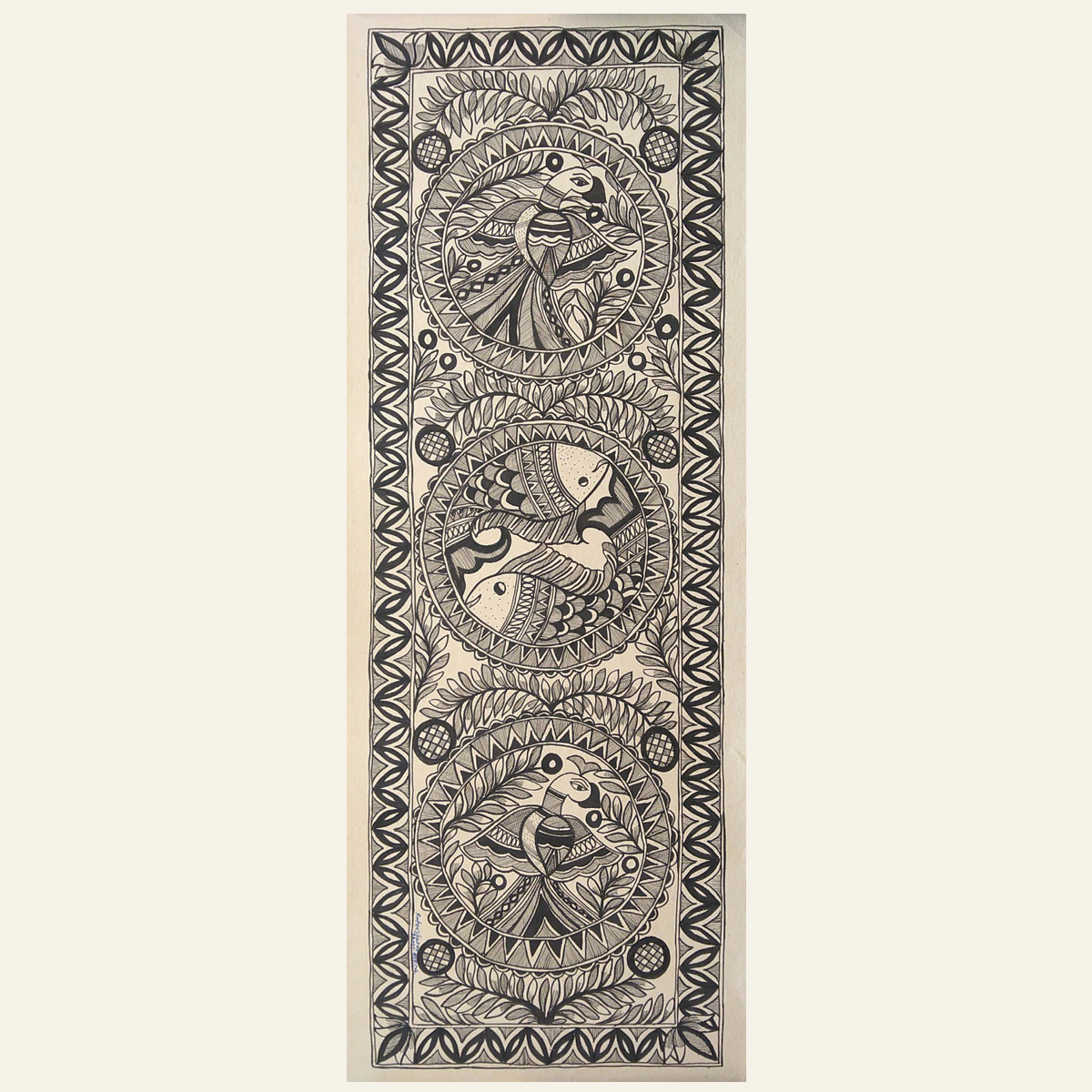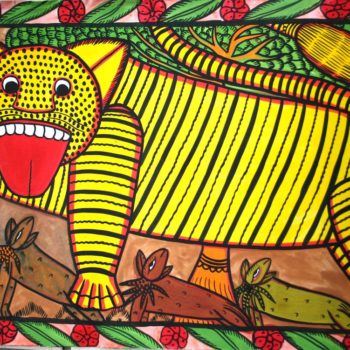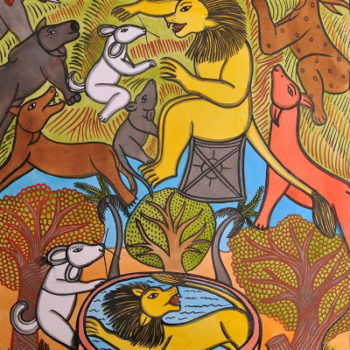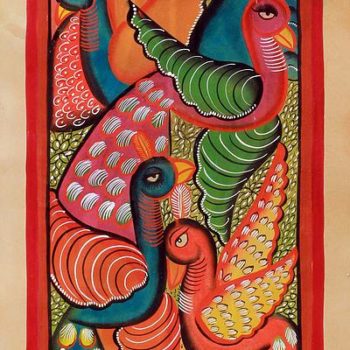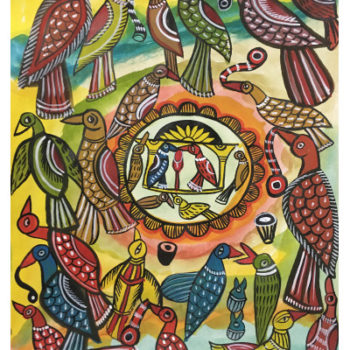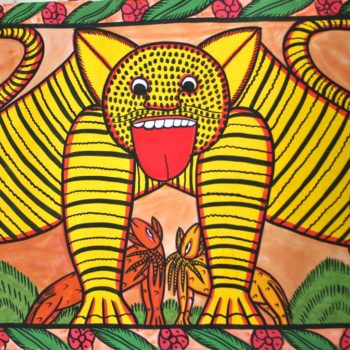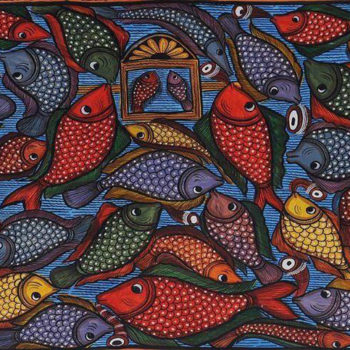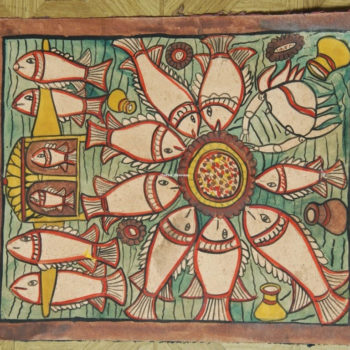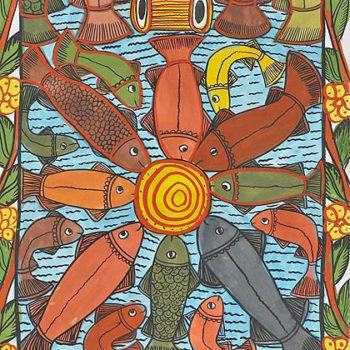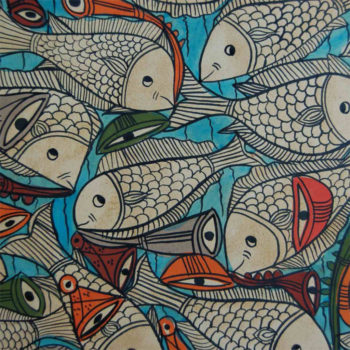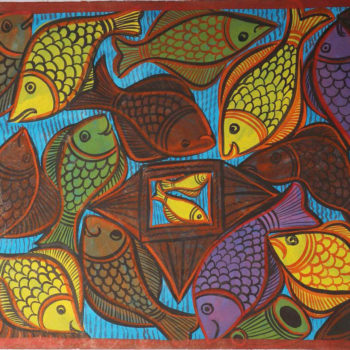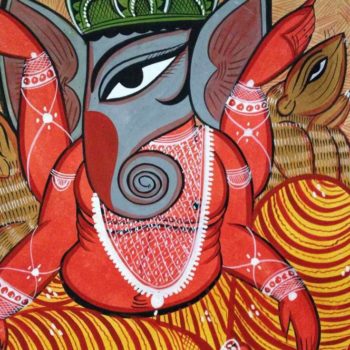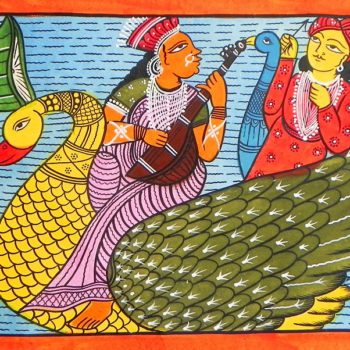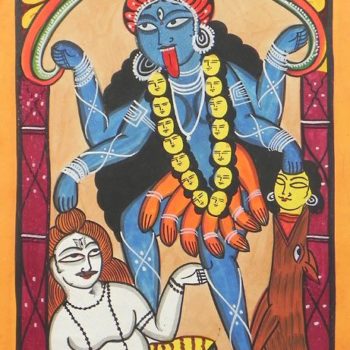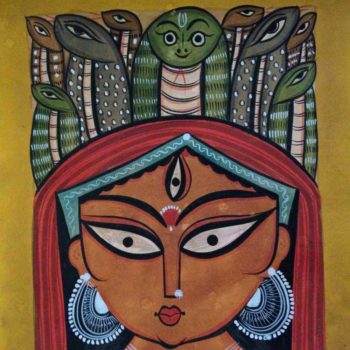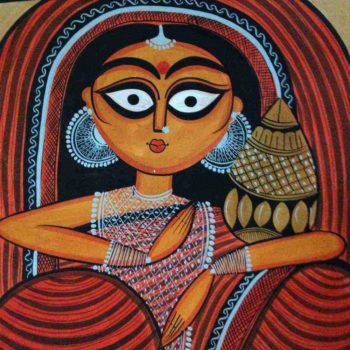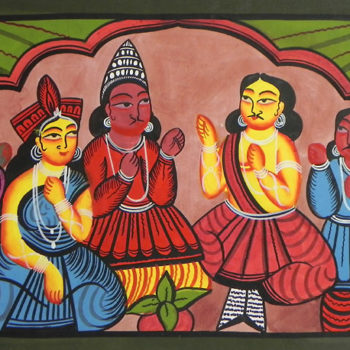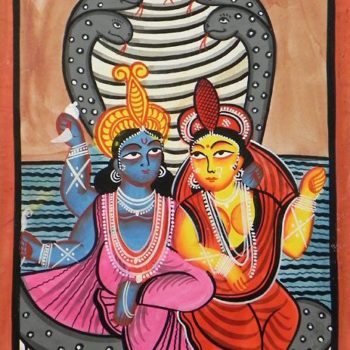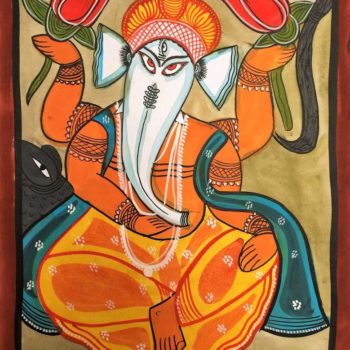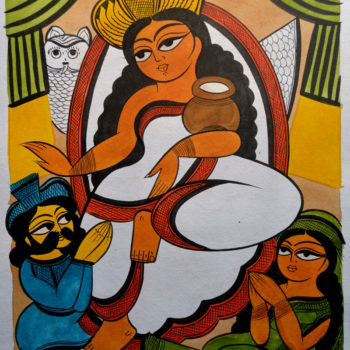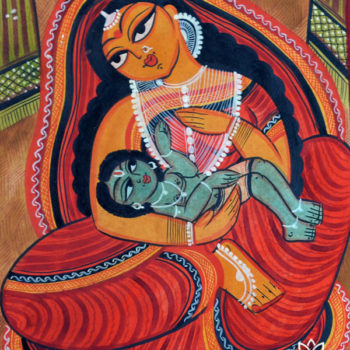Internationally recognized
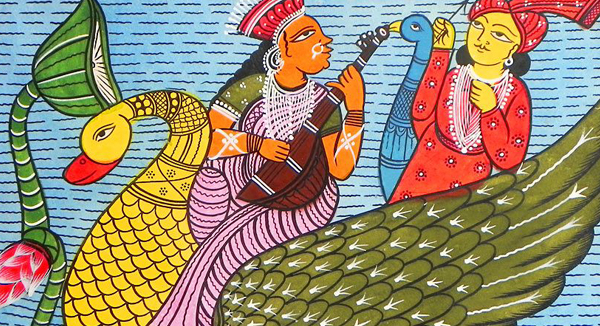
Look closely at this painting. What do you see? Figures painted using intricate patterns and vibrant colours on a scroll. This art form is known as Bengal Pattachitra – a term derived from Sanskrit word pattathat means silk cloth or a type of fabric, and chitra, which means painting.
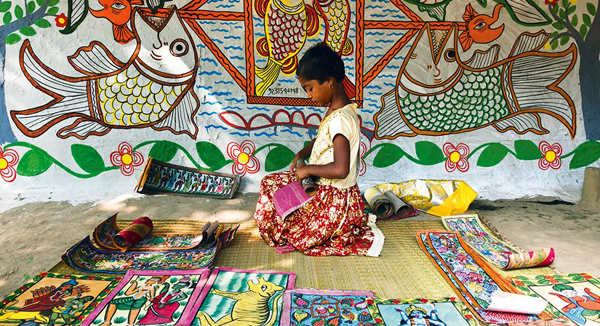
Let us learn more about this beautiful art form from the story of Soumi.
Soumi is a 12 years old. Her family belongs to the Nyaya village in the Midnapore district of West Bengal. She studies in a municipality school in her district. Her parents own a few beautiful paintings painted on silk scrolls that depict Indian mythology. Generations of her family have preserved them carefully.
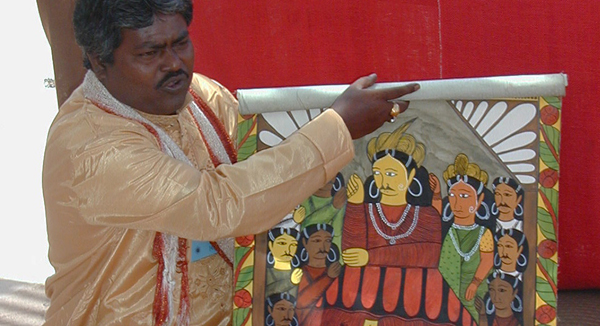
She learns from her father that she is the great granddaughter of a Bengal Pattachitra artist or patuaas they are called. Patuas were wandering artists who travelled from place to place with paintings of several deities with religious and social motifs, which carried a moral or mythological tale depicted through rich colours and designs.The story (known as pat khelano or playing with the pata)was sung as a song (pater gaan or the song of the pata)as the scroll was unravelled in a sequence with visual depictions.
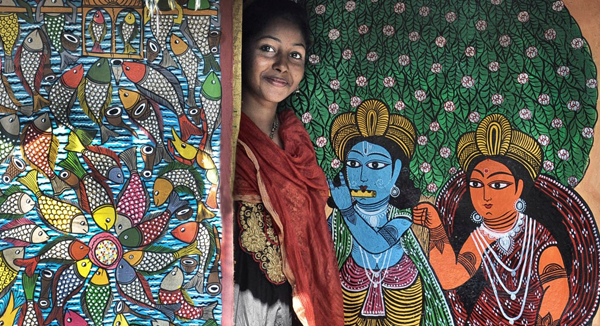
Mostly, these artists, also known as chitrakar, patikarsand patidar, and patua, would frequent the homes of the rich (landlords, feudal lords, police heads, administrative heads, and the like). There, they would display their scrolls and narrate different stories of Indian mythology. In return, they would be rewarded either in the form of cash, or food, food grains, and clothes. It was their only source of livelihood.
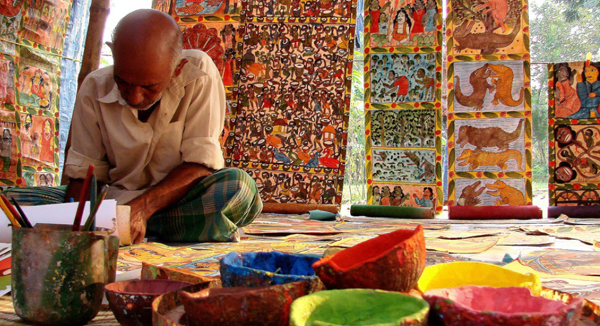
Though their exact date of origin as a profession is not known, historians believe that it is likely to have emerged as a profession from around 10th -11th century AD in Bengal. This art form is found in Purulia, Birbhum, Bankura, and West Mednipur districts of West Bengal.
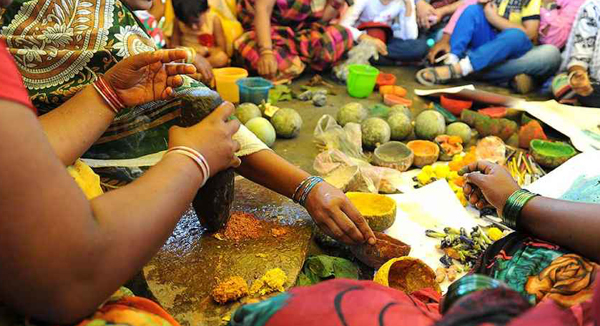
Though Soumi’s father is a labourer by profession, he is also well-versed in this art form. One day, he decides to paint a beautiful pattachitra painting with Soumi. At first, they create natural dyes. Yellow from soil or turmeric, green from leaves of wood apple or hyacinth bean plant, purple from blackberries & plums, white from mud or conch shell, brown from black catechu mixed with limestone, red from alta (a scarlet dye or ink used for colouring the feet), terracotta soil, or vermillion, grey from soot, and blue from local seeds called nil bori. To obtain black colour, they scrape the soot from the bottoms of clay pots, but that is not enough. So, they burn rise and pound it into powder.
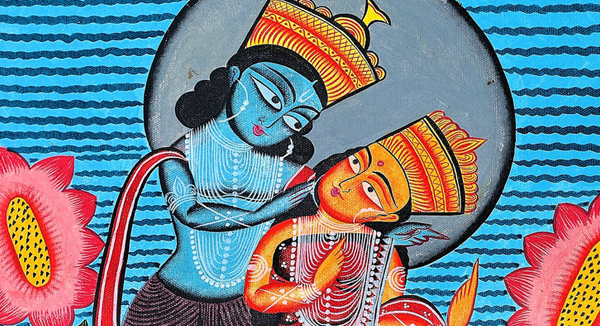
They create a beautiful painting on a silk scroll that depicts Radha and Krishna, known as a Choukosh Pat (a single sheet of rectangular paper commonly used to paint a deity or depict an incident). Once the painting was complete, they started composing a pater gaan about their love for each other and how they were together despite being apart. The three stages of the song depict the kahani (story), the mahatmya (glory), and the bhanita (self-introduction).This became a regular activity between father and daughter.
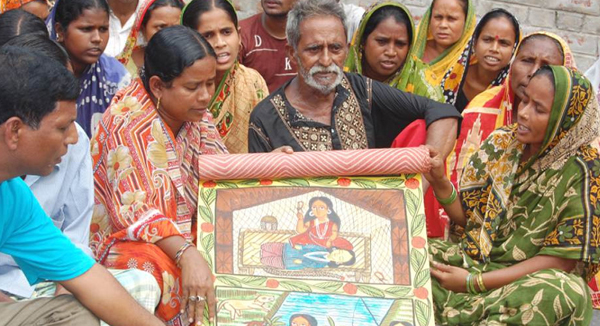
Pattachitraartists are extremely fluid in their religious beliefs and practices. Soumi’s family is Muslim, however, they follow several Hindu customs and traditions. In her village, there are fifty odd families who have two names -Hindu and Muslim. The Hindu name is the professional name while their real name is Muslim, and they all use Patuaa their last name. Soumi’s Muslim name is Nafisa.When she grows up, she aspires to become an expert in this art form and teach it to other children in her district to help create an alternate source of livelihood as well as prevent it from dying out.
Pattachitra Artisans
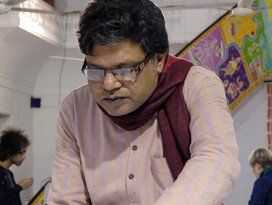
Manoranjan Chitrakar
Bengal PattachitraPast Workshops
The Store

